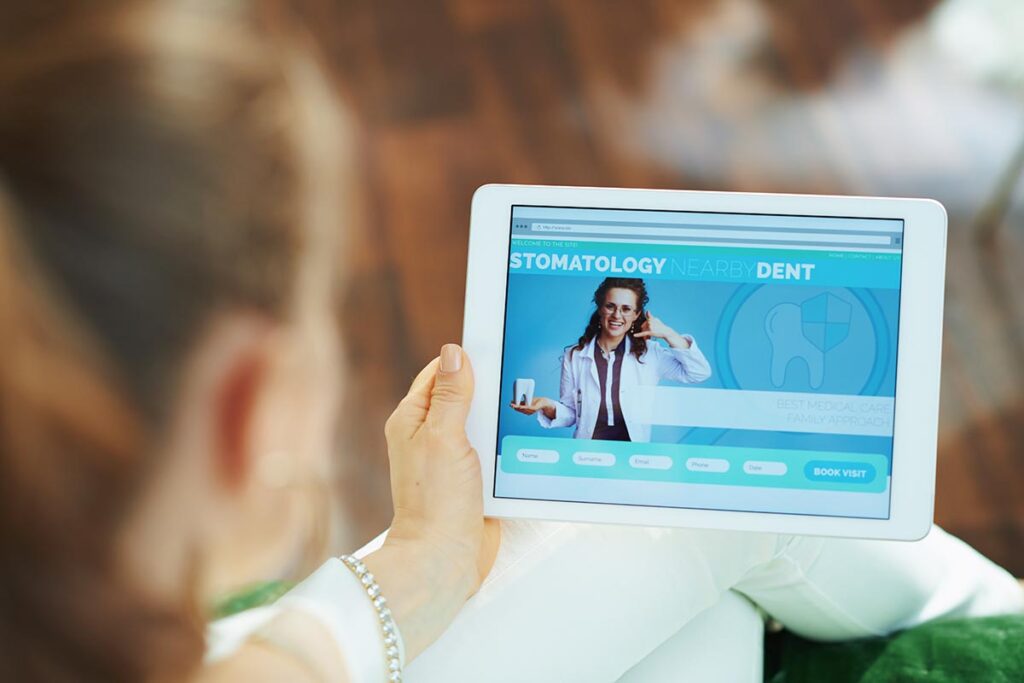Enhancing Patient Education Through Interactive Marketing Tools

In the healthcare industry, informed patients are empowered to make better health decisions, leading to improved outcomes and higher satisfaction levels. As healthcare providers seek innovative ways to educate their patients, interactive marketing tools have emerged as a powerful means to engage, inform, and inspire.
This blog post will explore how healthcare practices can enhance patient education by leveraging interactive marketing tools, thus fostering a more informed patient base and nurturing a stronger provider-patient relationship.
The Shift to Interactive Patient Education
Traditionally, patient education was limited to pamphlets, one-way presentations, or brief consultations with healthcare providers. However, these methods often fall short in meeting the diverse learning needs of patients. Interactive marketing tools, on the other hand, offer dynamic and personalized educational experiences that can cater to individual preferences and learning styles.
Benefits of Interactive Tools for Patient Education
Interactive tools can transform passive patients into active participants in their healthcare journey. By engaging with interactive content, patients are more likely to retain information and feel more confident in managing their health. These tools also facilitate two-way communication, allowing patients to ask questions and receive feedback in real-time.
Key Interactive Marketing Tools for Patient Education
- Educational Websites and Portals: A well-designed educational website or patient portal can serve as a comprehensive resource for patients. Incorporating quizzes, interactive diagrams, and explainer videos can help clarify complex medical information and procedures.
- Mobile Health Apps: Apps can deliver personalized education content directly to patients’ smartphones or tablets. Features like medication trackers, symptom checkers, and interactive health assessments can support ongoing patient education outside the clinic.
- Virtual Reality (VR) and Augmented Reality (AR): VR and AR technologies can simulate health conditions, treatments, and potential outcomes, providing an immersive learning experience that can be particularly effective for visual learners.
- Social Media Campaigns: Platforms like Facebook, X -formerly Twitter, and Instagram allow for interactive Q&A sessions, live videos, and the sharing of infographics that can boost patient engagement and education.
- Webinars and Online Workshops: These platforms enable real-time interaction with healthcare providers, offering patients an opportunity to deepen their understanding of health topics and ask questions from the comfort of their homes.
Strategies for Implementing Interactive Marketing Tools
- Identify Patient Needs: Understand the common questions and concerns of your patient population. This insight will guide the development of targeted educational content that addresses specific needs.
- Promote Active Learning: Design your interactive tools to encourage active participation. For example, use scenario-based learning in your apps or include problem-solving exercises in your webinars.
- Ensure Accessibility: Make sure that your interactive tools are accessible to all patients, including those with disabilities or limited tech skills. Simple interfaces and clear instructions can help make these tools more user-friendly.
- Track Engagement and Outcomes: Use analytics to monitor how patients interact with your tools and measure the effectiveness of different types of content. This data can inform future improvements and content creation.
- Solicit Feedback: Encourage patients to provide feedback on their educational experiences. This feedback is invaluable for refining your tools and ensuring they meet patient needs.
Challenges and Considerations
While interactive marketing tools offer significant benefits for patient education, there are challenges to consider. Privacy and security are paramount when dealing with health information. Ensure that your tools comply with regulations like HIPAA in the United States or GDPR in Europe. Additionally, consider the potential cost of developing high-quality interactive tools and the need for ongoing maintenance and updates.
Interactive marketing tools represent a significant advancement in patient education. By embracing these technologies, healthcare practices can provide engaging, personalized, and effective education that empowers patients to take an active role in their health management.
As the healthcare landscape continues to evolve, those who invest in enhancing patient education through innovative marketing tools will be well-positioned to lead in patient satisfaction and clinical outcomes.
With careful planning, attention to privacy concerns, and a commitment to continuous improvement, healthcare providers can harness the power of interactive marketing tools to transform patient education and set new standards in patient care.
